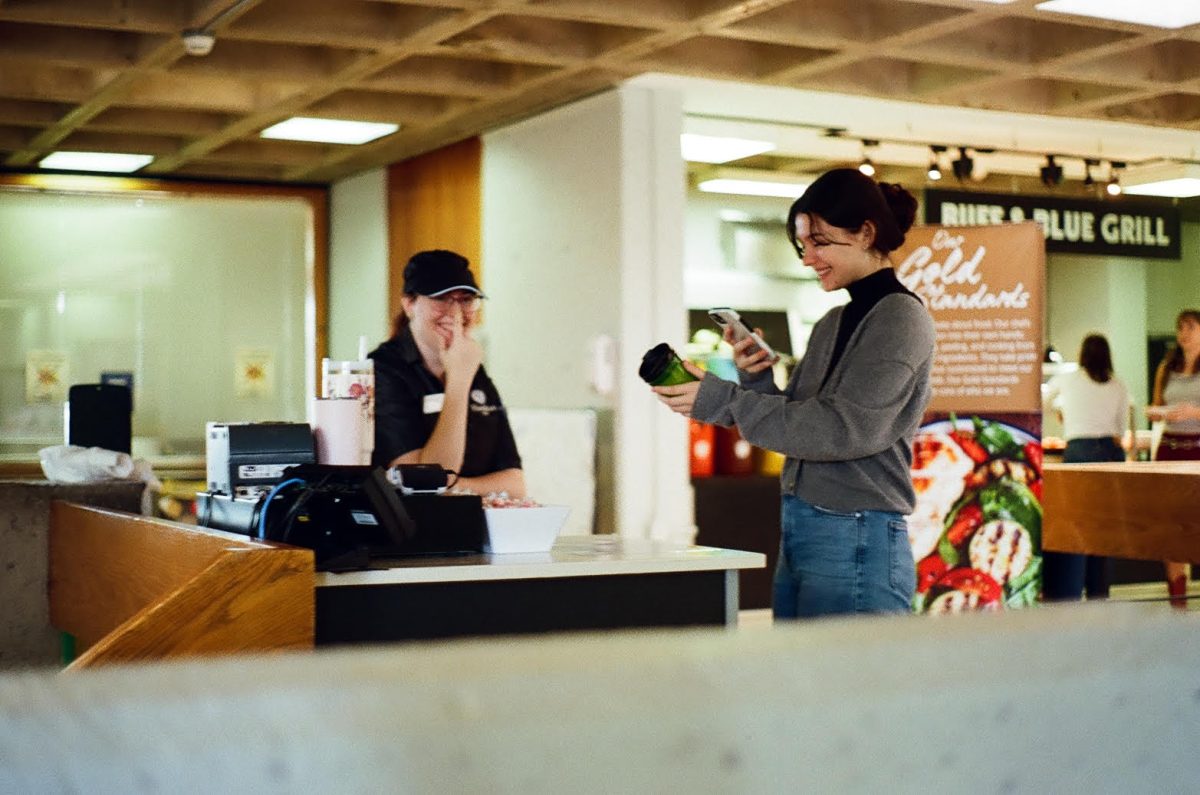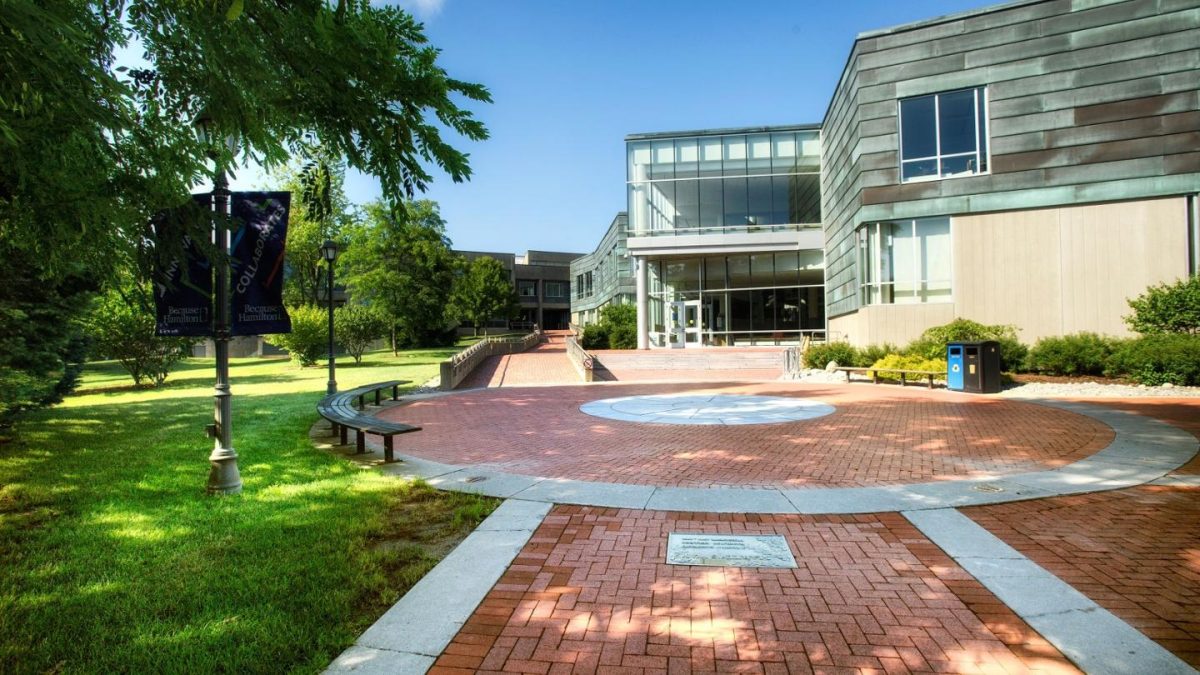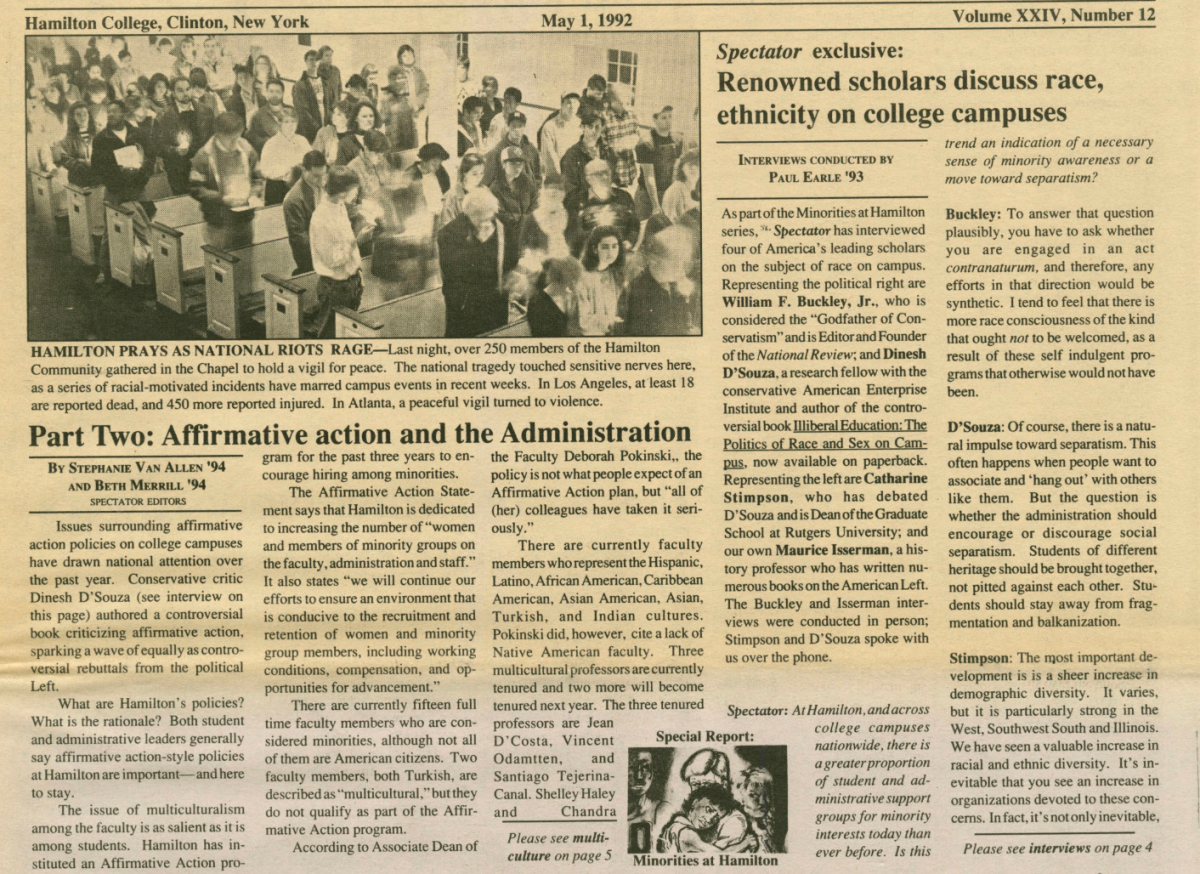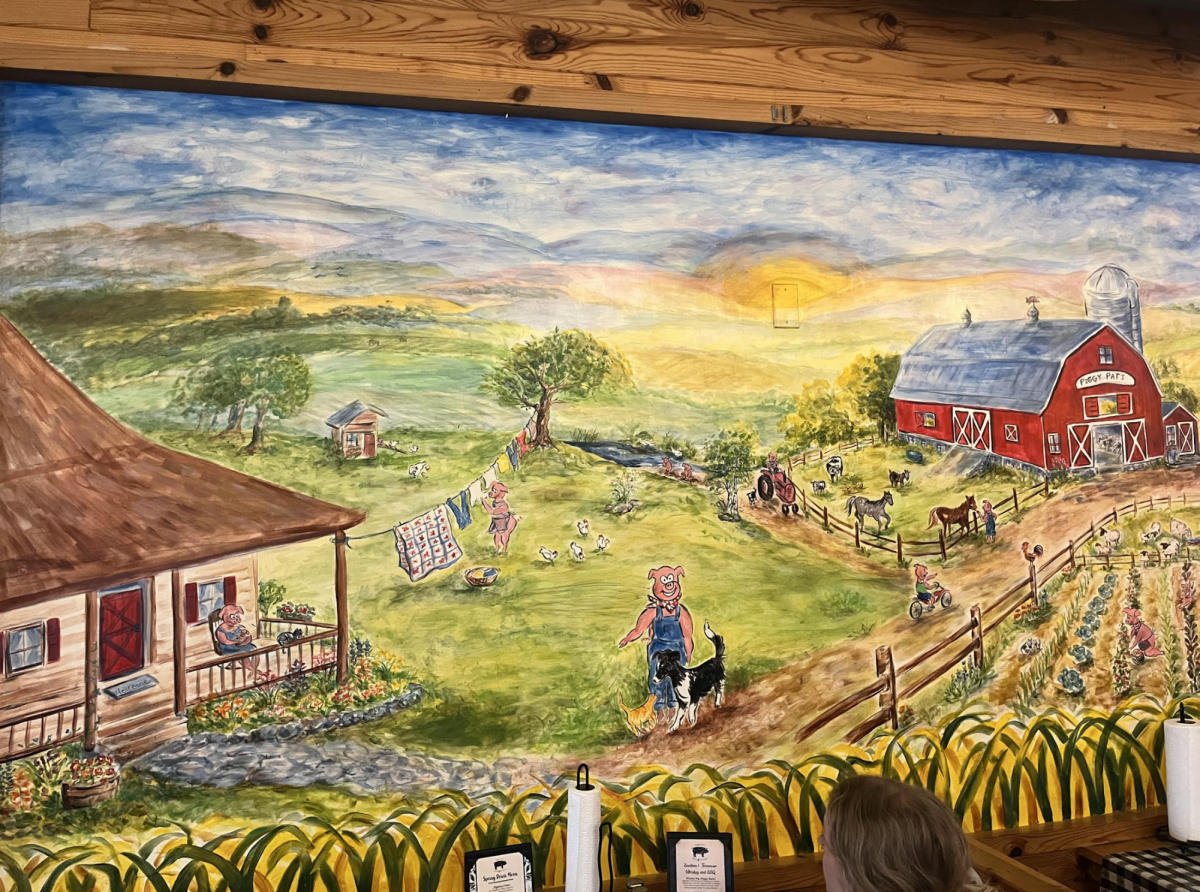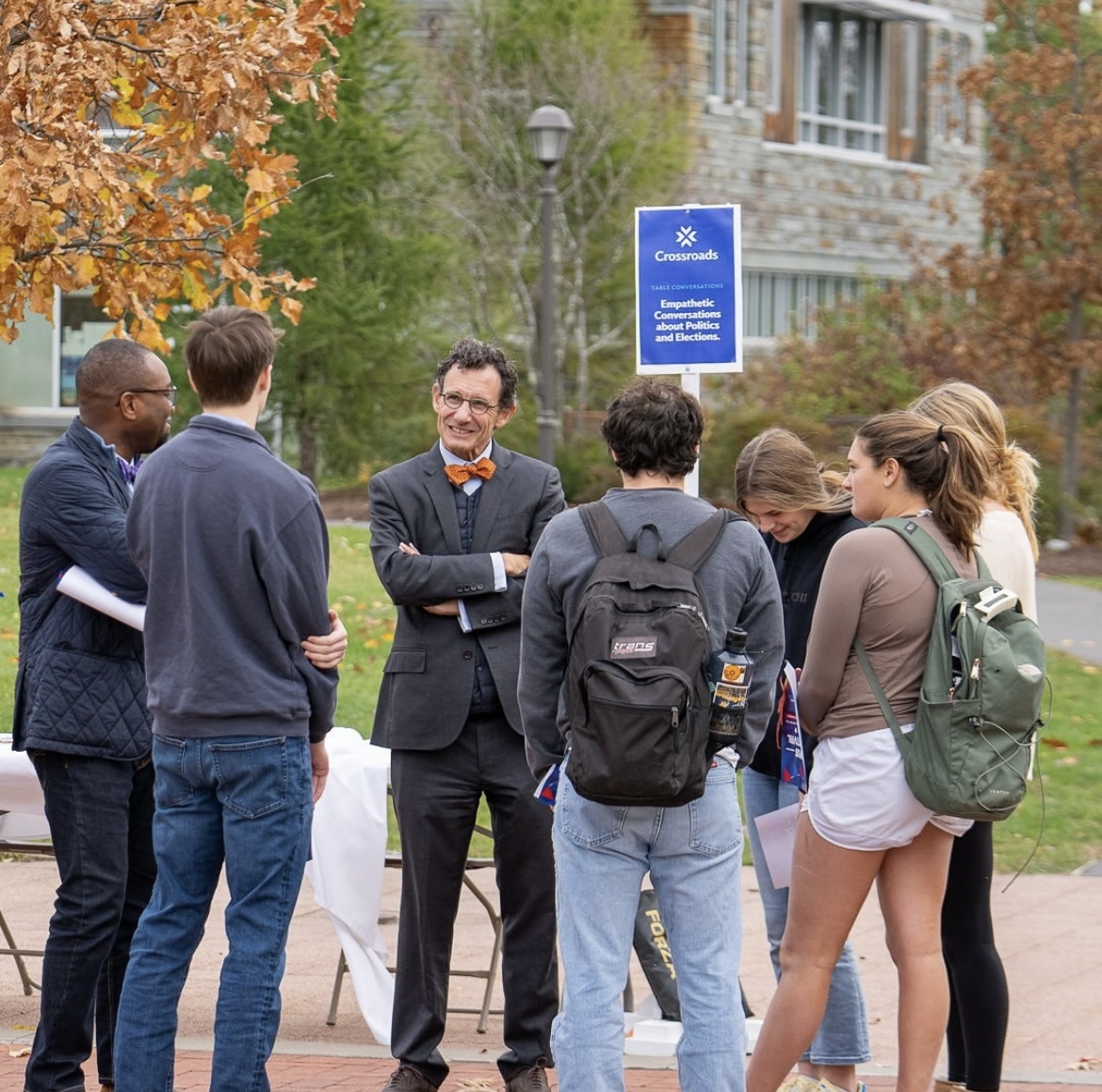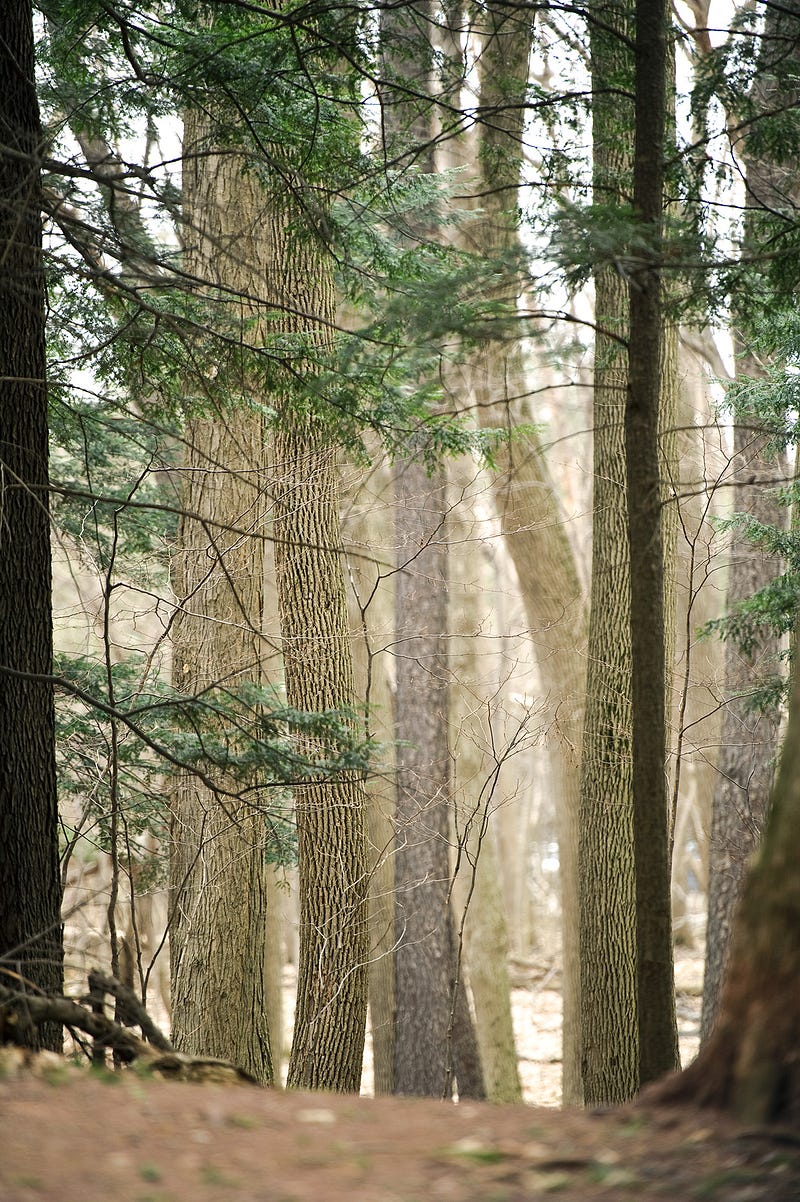
An upcoming speaker series surrounding Hamilton’s arboretum will begin on Saturday, Nov. 20 at 10:00 a.m. A lesser-known fact about the College is that its campus is an arboretum that spans 400 acres of land. Its origins begin in 1850 with the Root Glen, which contains over 65 species of trees and a diverse array of flowers and other plants.
Hamilton Arboretum states its aim is “to provide visitors with a broader understanding of the campus landscape and promote long-term stewardship of the environment.” The Arboretum Speaker Series seeks to fulfill this purpose by bringing important speakers to the College to discuss climate change, local ecosystems and sustainability. Available as both virtual or in-person events, students, faculty and members of the public are invited to attend any of these sessions for free.
In the past, Hamilton attests that this series has “drawn many from the local community.” It has consisted of five to six speakers throughout the winter and spring months, pulling distinguished scholars from all across the country. The theme of many of these past events will be continued in the presentations scheduled for this year. The central topic is an informative discussion of unique nature facts and details about maintaining diverse ecosystems.
The first event is titled: “How Might Our Forests Change in Response to Climate Change? One Clue is Their History.” In his speech, Dr. Neil Pederson, an ecologist affiliated with the Harvard Forest at Harvard University, will be talking about how tree-ring analysis is used to predict trends in ecology and the climate. This event is particularly relevant to college students in a time when climate change activism is largely being supported by young adults.
There will be at least four other events taking place in this academic year, the last of which will be in April 2022. Also included in the series is “Power Up Garden Beauty, Power Down Garden Maintenance,” which focuses on tricks and tips for creating a beautiful garden. The third event, “Sustainable Management of Forest Products” will discuss forest biodiversity and the forest products industry. “Bluebirds — and More” analyzes the history of the bluebird as well as the history of other important wildlife found in an arboretum. The final event, “Preserving Your Trees,” will be a presentation on landscape design in urban settings. To find out more about these events, visit the Hamilton website page on the arboretum series.
This series is one of many steps Hamilton takes to contribute to sustainability and conservation efforts. Hamilton places emphasis on its mission to mitigate climate change through student research, a Sustainability Working Group and environmentally-friendly facilities. Hamilton has also taken a Climate Commitment for the College to be carbon neutral by 2050. To achieve this goal, former Hamilton President Joan Hinde Stewart created a Climate Action Plan in 2009. This plan includes many steps for the college to achieve its carbon emission goals, and the Arboretum plays an important role in this. The action plan states that by “integrating sustainability through community outreach and education, the Hamilton College Arboretum promotes environmental stewardship on and off-campus.”
Arboretums are important because of their educational value and their work to conserve natural resources. However, Hamilton’s arboretum holds a fascinating amount of monetary value as well. According to Hamilton, “a 14 inch maple tree provides an overall financial benefit of $113 per year, or $48,700 for the Arboretum’s 431 maples. Extrapolated to the 2,281 trees across all of the Arboretum’s tree species, that’s nearly $258,000 per year in financial benefit to Hamilton College.” Given the many benefits the arboretum provides to Hamilton, it is clear that maintaining this environment is necessary. However, Hamilton’s arboretum is in need of membership and donations to further its goals.
Hamilton’s Arboretum is meant to be a ground for environmental education and connection with the local community. The Arboretum encourages students to attend its upcoming series to learn more about sustainability efforts, fun facts and important information about the local environment, as the series can bring awareness to Hamilton’s status as an arboretum and give it the much-needed support required to maintain its growing ecosystem.


